Slurp soba, sip matcha, munch mochi and savour the freshest sushi in all the land. Welcome to Japan, the Land of the Rising Sun!
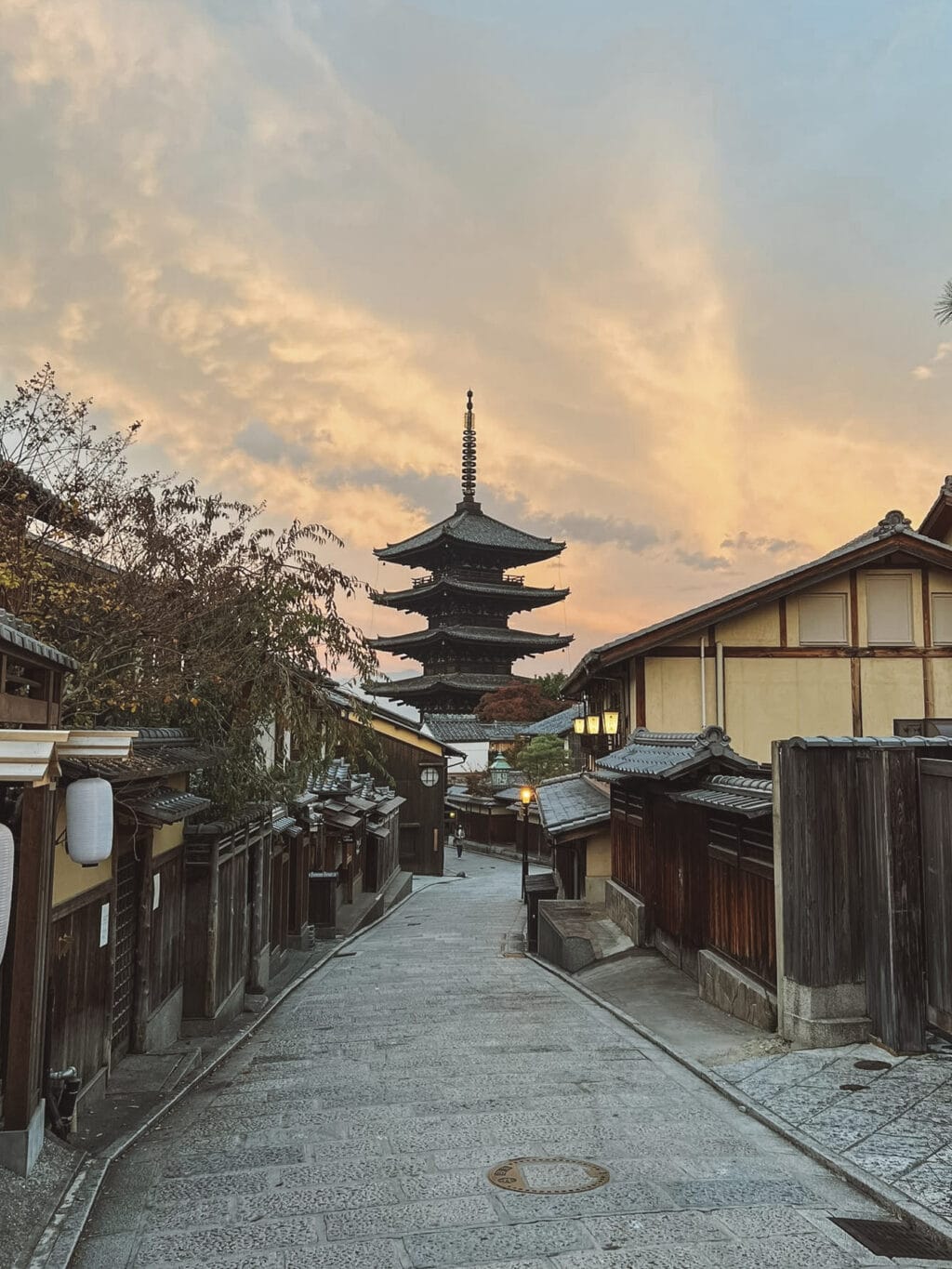
Japan has always been sky high on the travel bucket list. As a country of contrast, it’s a fascinating blend of old-world history and tradition with vibrant, fast-paced modernity.
From its zen gardens and beautiful natural scenery to its picturesque ancient temples and shrines to its bustling yet wildly orderly neon-drenched cities, and, of course, its raging food scene – there’s really something for everyone.
We ventured to Japan in November and kicked off our time in the buzzing capital Tokyo, followed by the cultural hub Kyoto, finishing up with food-crazed Osaka.
Below’s blog post is a wrap up of the trip, with a focus on our foodie adventures. Full disclaimer – while I share what we learnt, we’re simply keen travellers. The best person to ask about Japanese cuisine is a local!
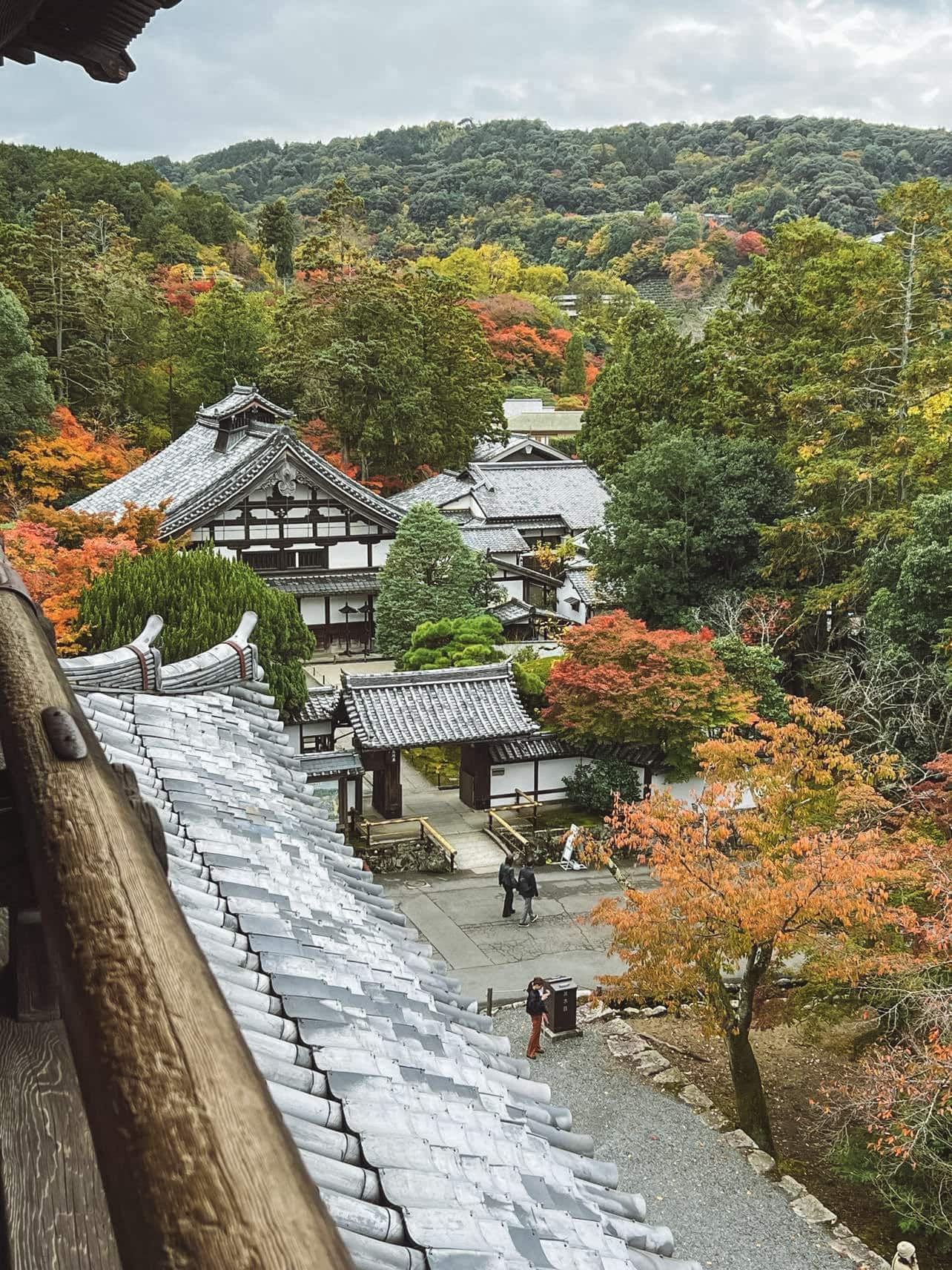
The Japanese Cuisine
There are many reasons you’d travel to Japan, with the food a good enough motive alone.
Japanese cuisine is sublime. It’s rooted in tradition, yet still modern and groundbreaking. It’s refined, elegant and a total gastronome haven – there are endless tastebud adventures on offer. Some of our key takeaways were:
- Traditional techniques, knowledge and skill have been preserved across generations. Washoku (traditional Japanese cuisine) was even added to UNESCO’s Intangible Cultural Heritage list in 2013 to ensure the protection and awareness of its cultural significance.
- As a country keenly aware of seasonality, the food – its ingredients, preparation and presentation – flows with the seasons too. This leads to a rather nutritious cuisine which focuses on quality ingredients, highlighting the natural flavours of food.
- There’s harmony and balance across meal components, like flavour (sweet, sour, salty, bitter, umami), cooking technique (boiling, grilling, deep frying, steaming, raw) and colour (purple, white, red, orange, green). We had dishes feature all the elements above!
- Meals are immaculately presented, with consideration across all elements. This includes the food itself, the garnish colours, even what it’s served in! Expect what looks good to taste good.
- If you love food, it’s worth region hoping. Japan is divided into geographic regions, each with have their own local specialities that are points of pride.
After only a few short days travelling in Japan, you quickly see that its people mean serious business when it comes to food.
Dining in Japan – Food & Flavours
Traditional meals often centre on rice, served with miso soup and several smaller separate dishes together on a lacquerware tray. This might include vegetables pickled or cooked in a broth, and a protein-rich food (fish is popular – it’s an island nation after all).
Breakfasts were typically savoury, featuring rice, fried fish and miso soup. Lunches were often eaten at a noodle bar (like ramen, udon or soba), or just a speedy bento box from a convenience store. Dinners were at one of the countless restaurants, with many eateries typically picking one speciality and focusing on it.
The best part? It’s really not hard to get a good meal. Not matter where you chose to dine, from cheap and cheerful sushi bars all the way through to fancy fine-dining Kaiseki experiences (more to come!), you can eat well.
Fun fact – Tokyo holds the world record for the most Michelin-starred restaurants aka the hallmark of culinary excellence.
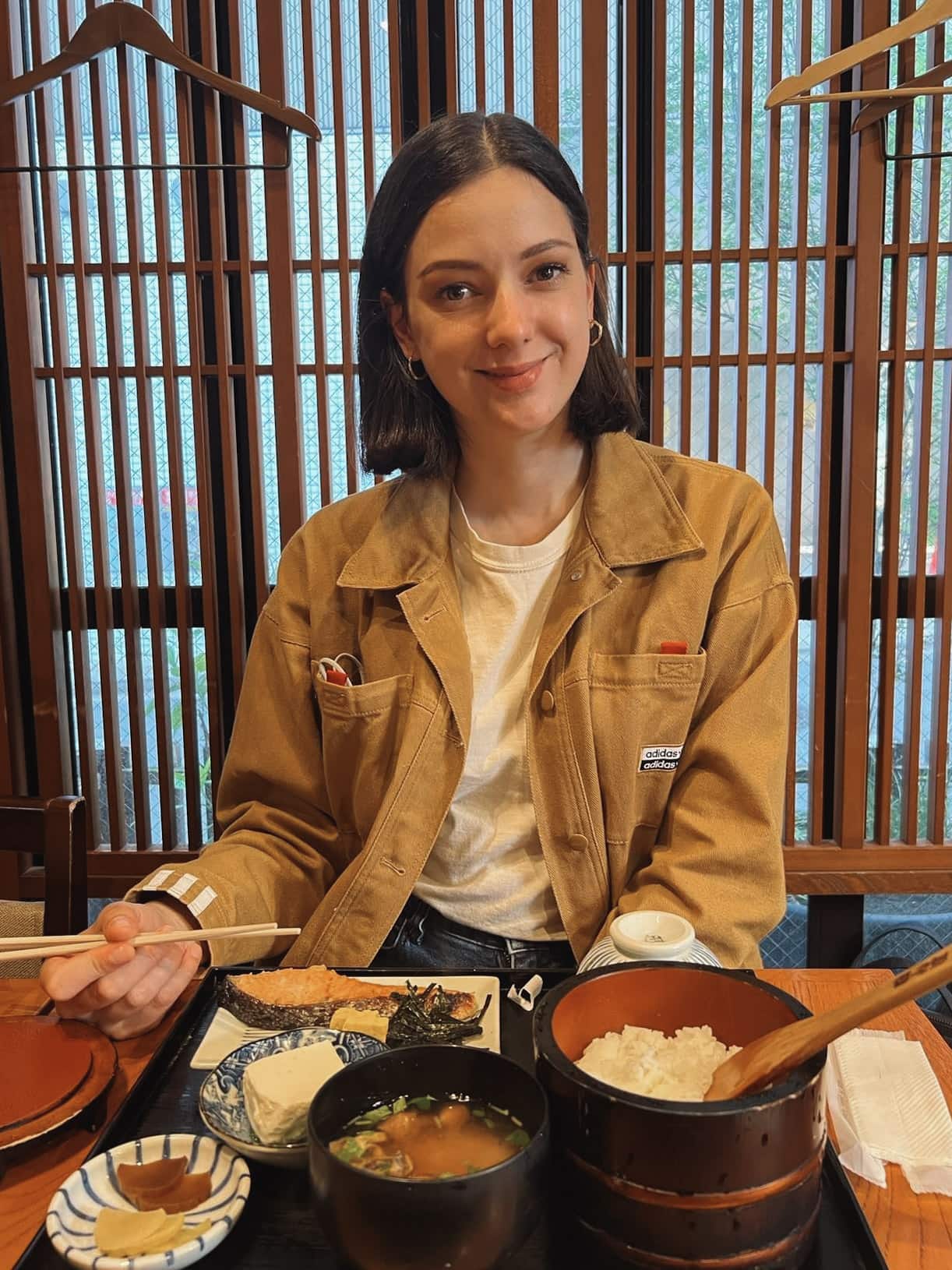
Must-Eat Dishes
I have a travel quirk that is missioning to try as many dishes synonymous with the country or region. I started documenting this a few years ago on The Foodie Bucket List – and, like any country, Japan has a famed series of dishes or must-eats when you’re there. Cue the likes of sushi, ramen, tonkatsau and wagashi!
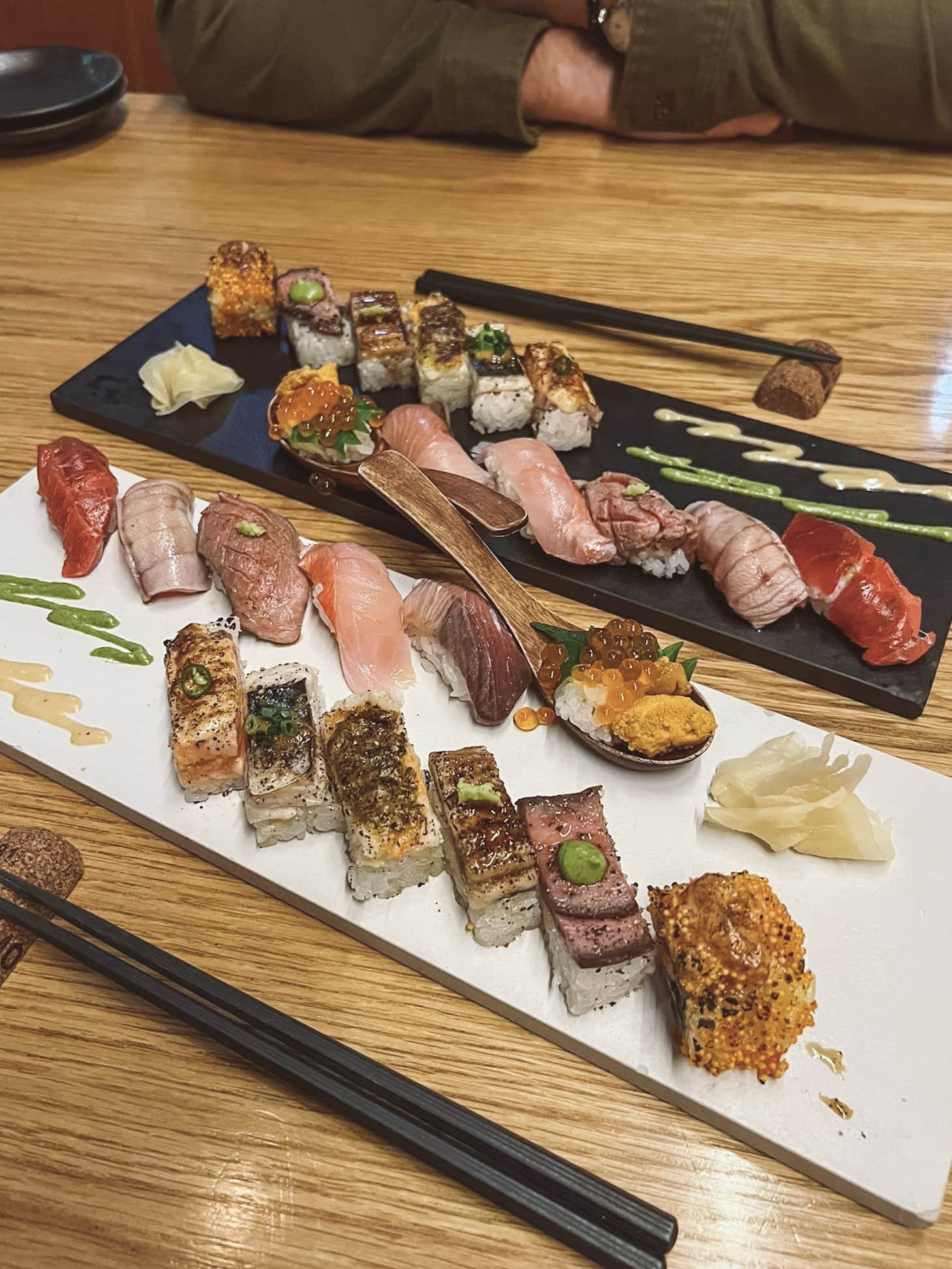
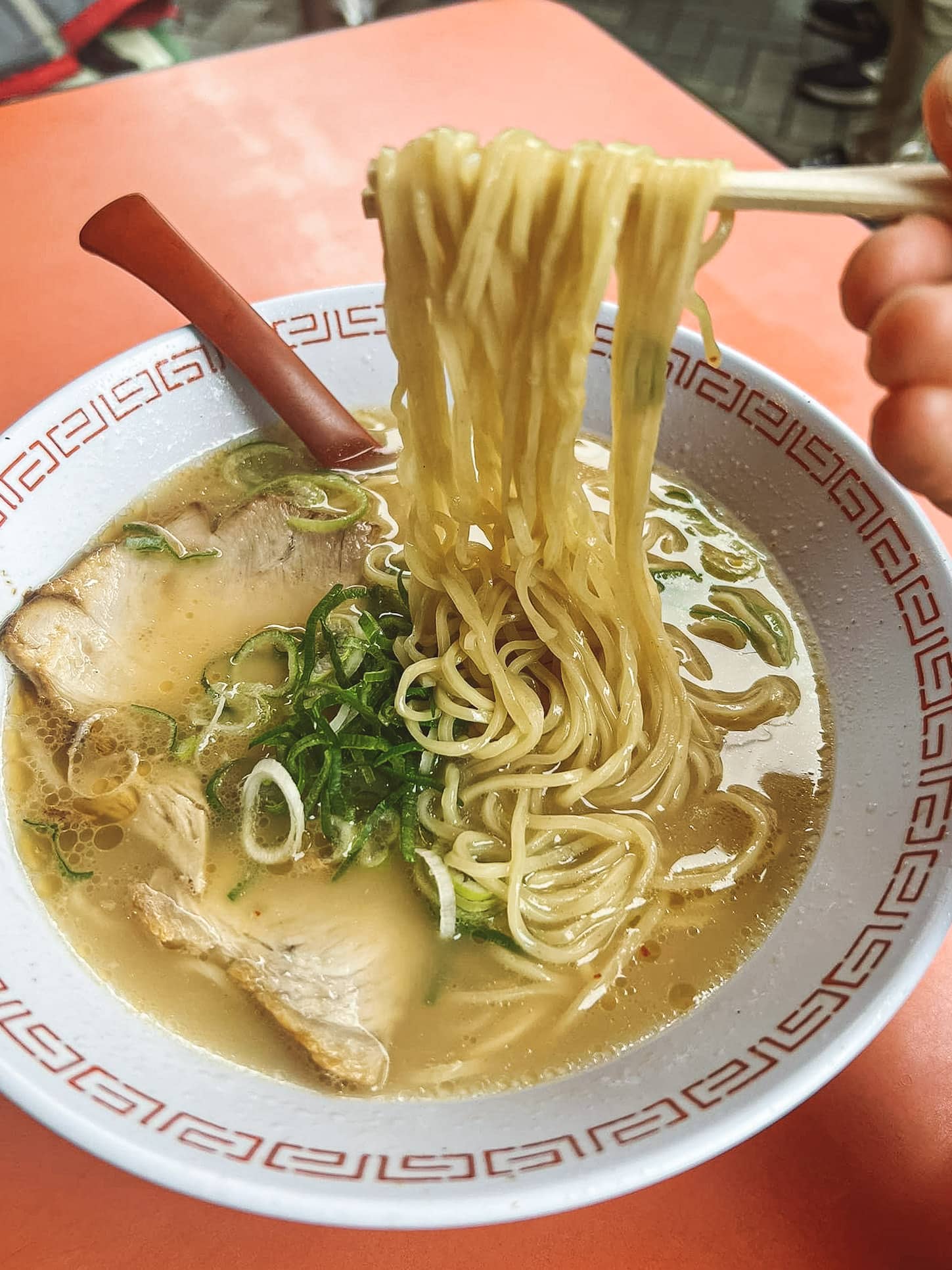
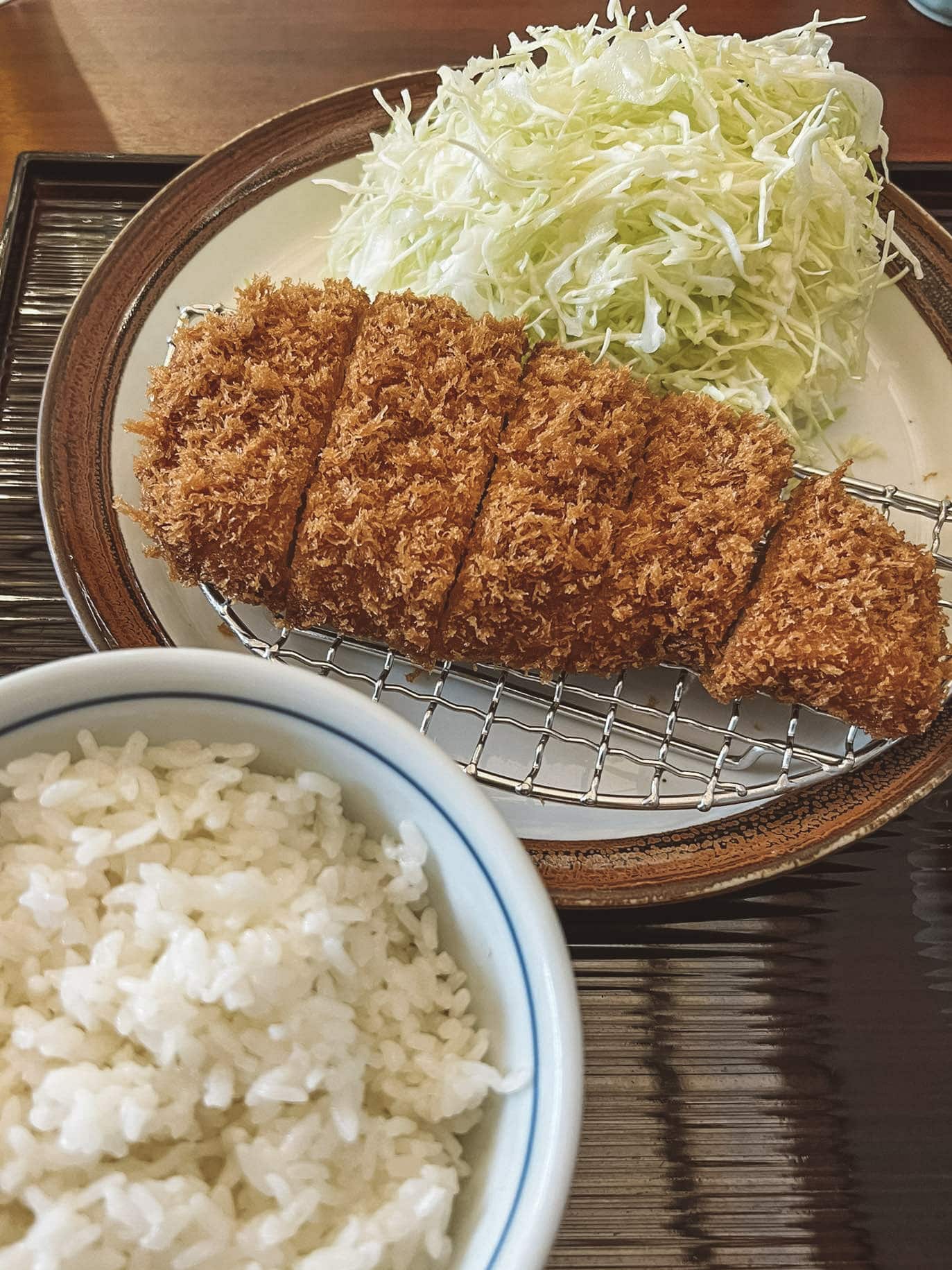
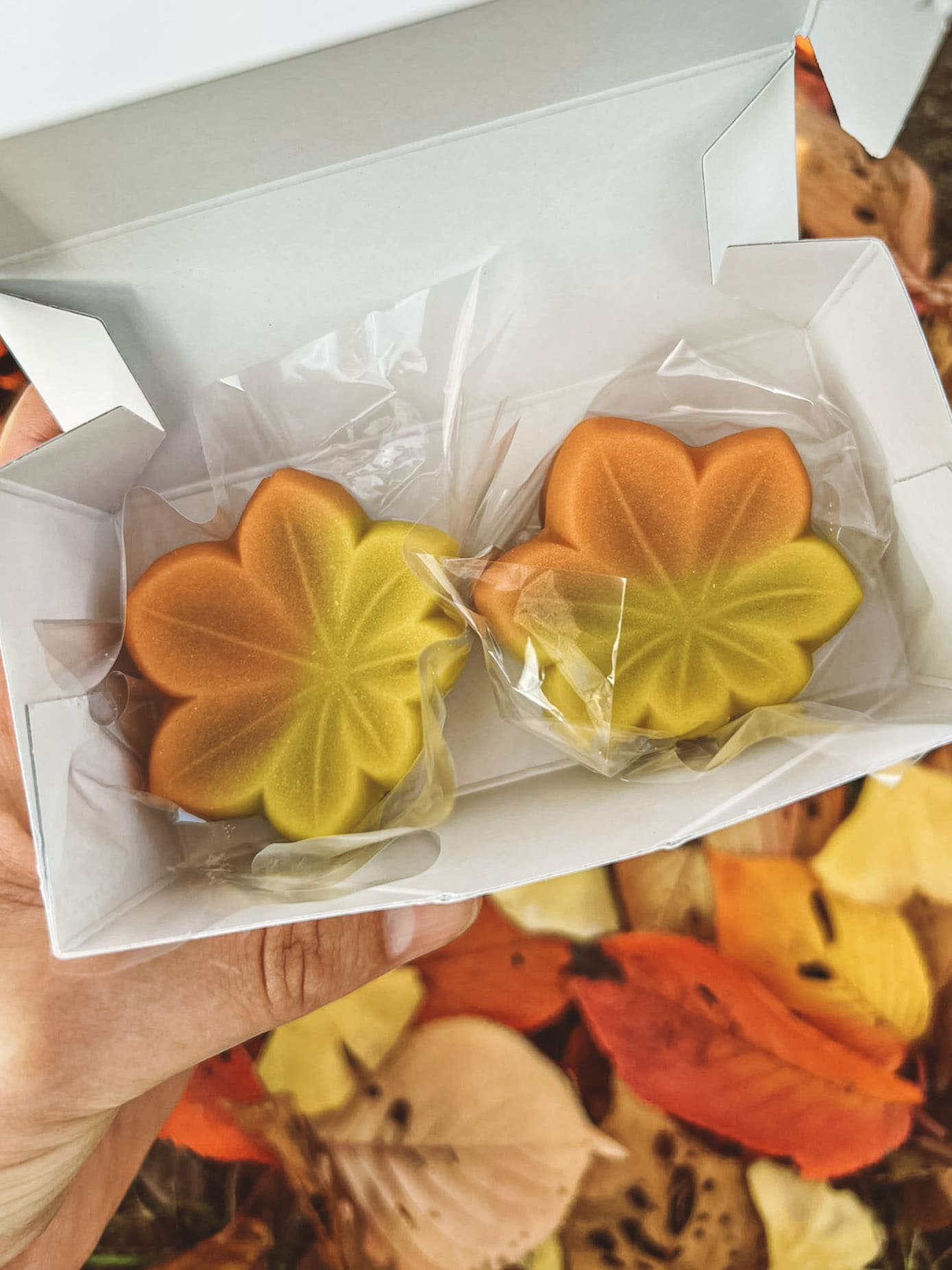
Notable Dining
Japan is estimated to have over 1.4 million dining establishments, so there’s something for every palate and price range.
Beyond famed dishes, the below eateries we wholeheartedly loved:
- Maisen, Tokyo. The line out the door on this place! Running since 1965, Maisen has 30+ stores locally and abroad, and remain the top Tonkatsu restaurant in Japan.
- Ise Sueyoshi, Tokyo. An intimate restaurant seating only five, offering an unforgettable kaiseki meal with world-renowned Japanese hospitality. An English-speaking guide explains each courses provenance and constitutes.
- The Matcha Tokyo, Tokyo. This place oozes cool. Serving up the highest quality organic matcha in a super chic setting, The Matcha Tokyo was our favourite place for our daily green pick-me-up.
- Kagizen Yoshifusa, Kyoto. Enchanting. For exquisitely crafted traditional Japanese wagashi (aka sweet treats), head to Kagizen Yoshifusa, one of Kyoto’s oldest and most esteemed tea and sweet shops.
- Ippodo, Kyoto. A long-standing personal love affair (well before I set foot in Japan!). Ippodo has been purveyors of high-quality Japanese green tea for nearly three centuries. Enjoy a tea bowl in their teahouse before taking home as many tea boxes as your suitcase can fit.
- Kinryu Ramen, Osaka. Dotonbori’s most popular ramen. They serve a mild, but incredibly tasty, pork (aka tonkotsu) broth. To locate, keep an eye out for the giant dragon above each of their five stores!
- Chibo, Osaka. One of the cities most popular spots for okonomiyaki, a tasty Japanese savoury pancake that’s fried on a griddle until golden brown and finished with an array of condiments.
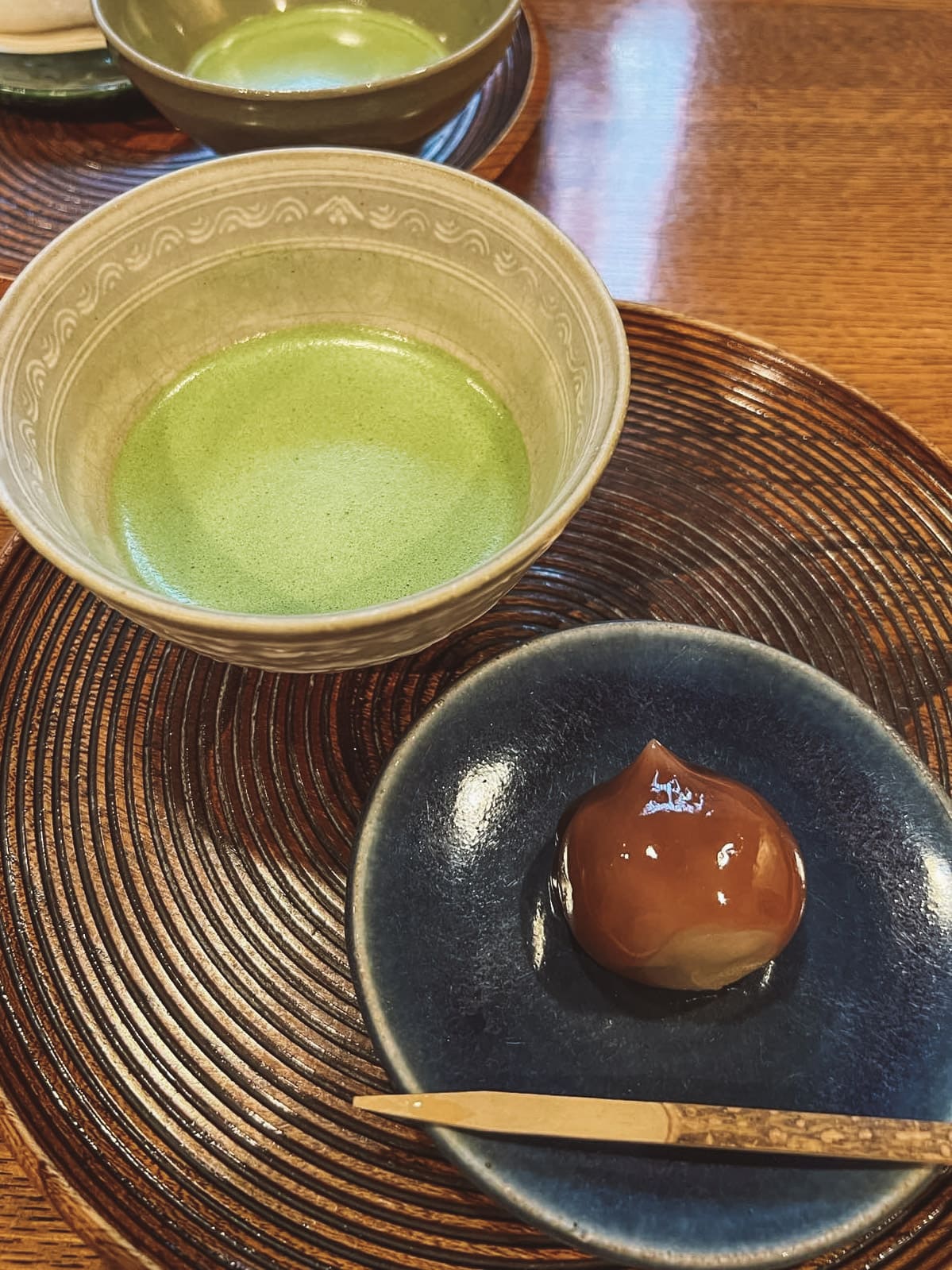
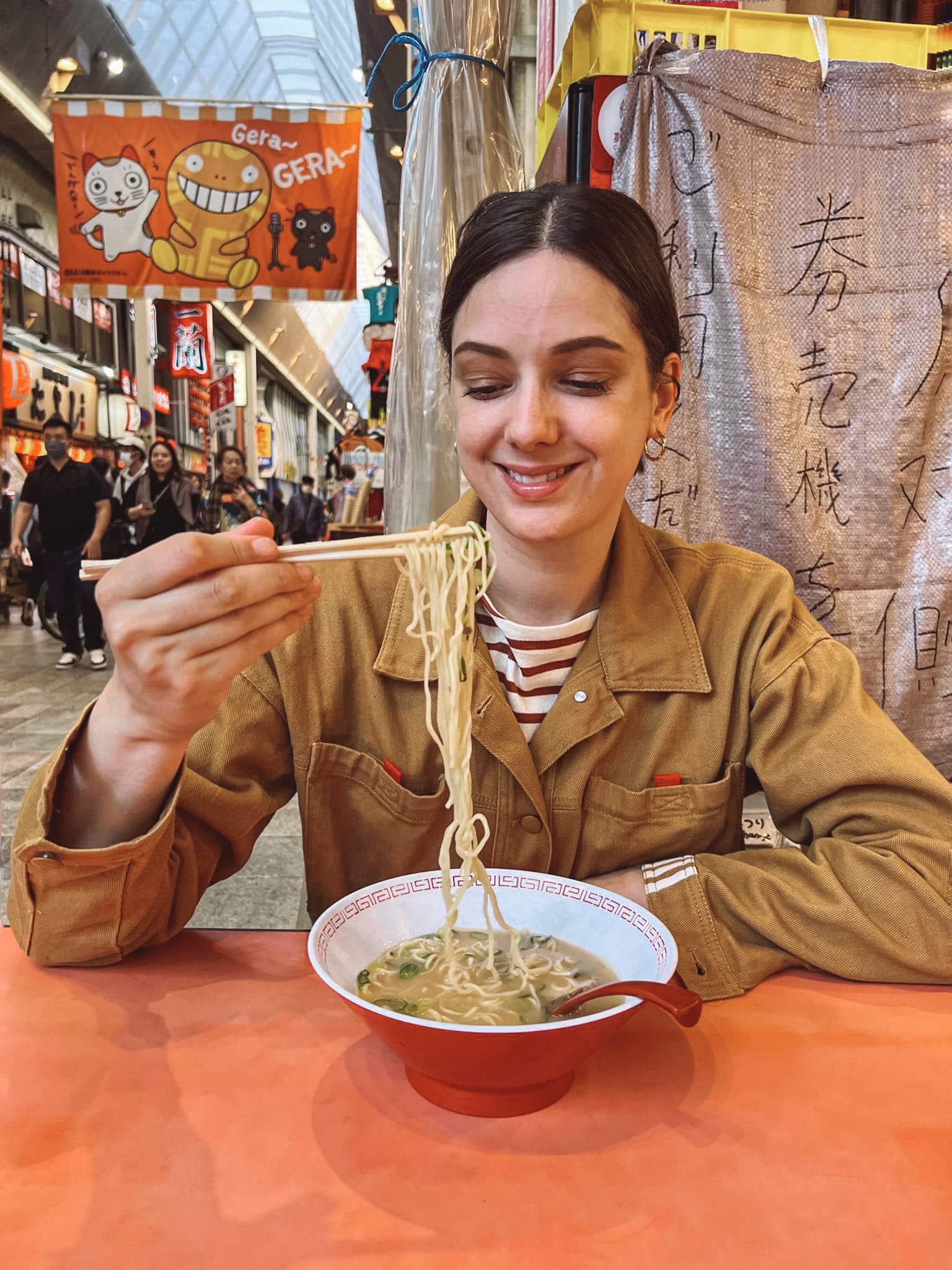
Foodie Adventures
There are so many fun foodie experiences to be had in Japan! Here are three we enjoyed:
1) The Magic of Kaiseki
Prior to coming to Japan we’d read about kaiseki, and what an unforgettable dining and cultural experience it is. We knew we had to try it.
Kaiseki is Japan’s haute cuisine. It tells the story of the seasons or place you’re located through a highly ritualised dining experience featuring a lineup of small courses (anywhere from 6 to 15!). Dishes are prepared with precision and technique, and presented in an aesthetically pleasing way…food that is (almost) too beautiful to eat.
We enjoyed two kaiseki experiences, one at a ryokan (traditional Japanese inn) and the other an intimate restaurant. Both were spectacular – a total visual and gustatory journey.
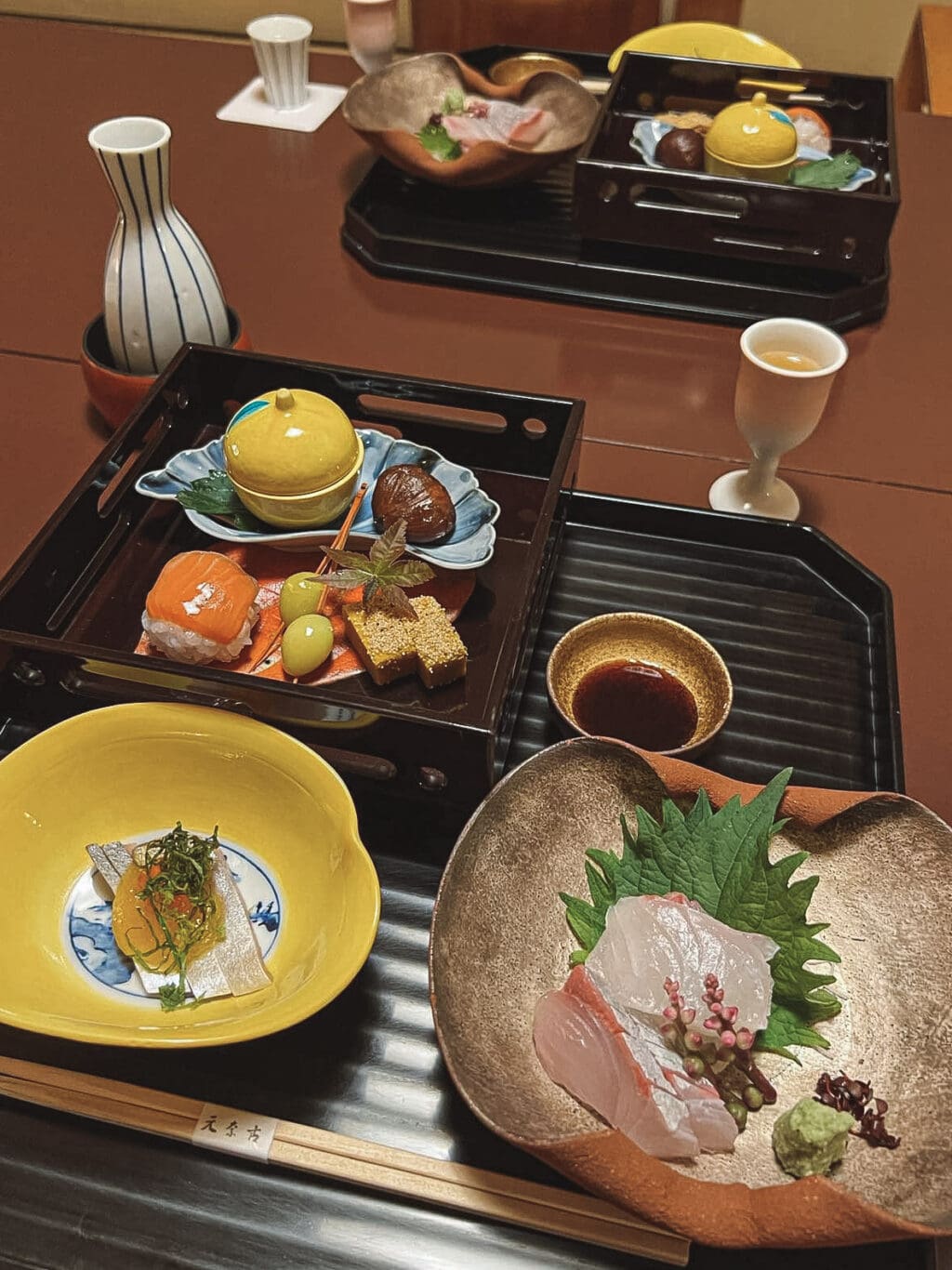
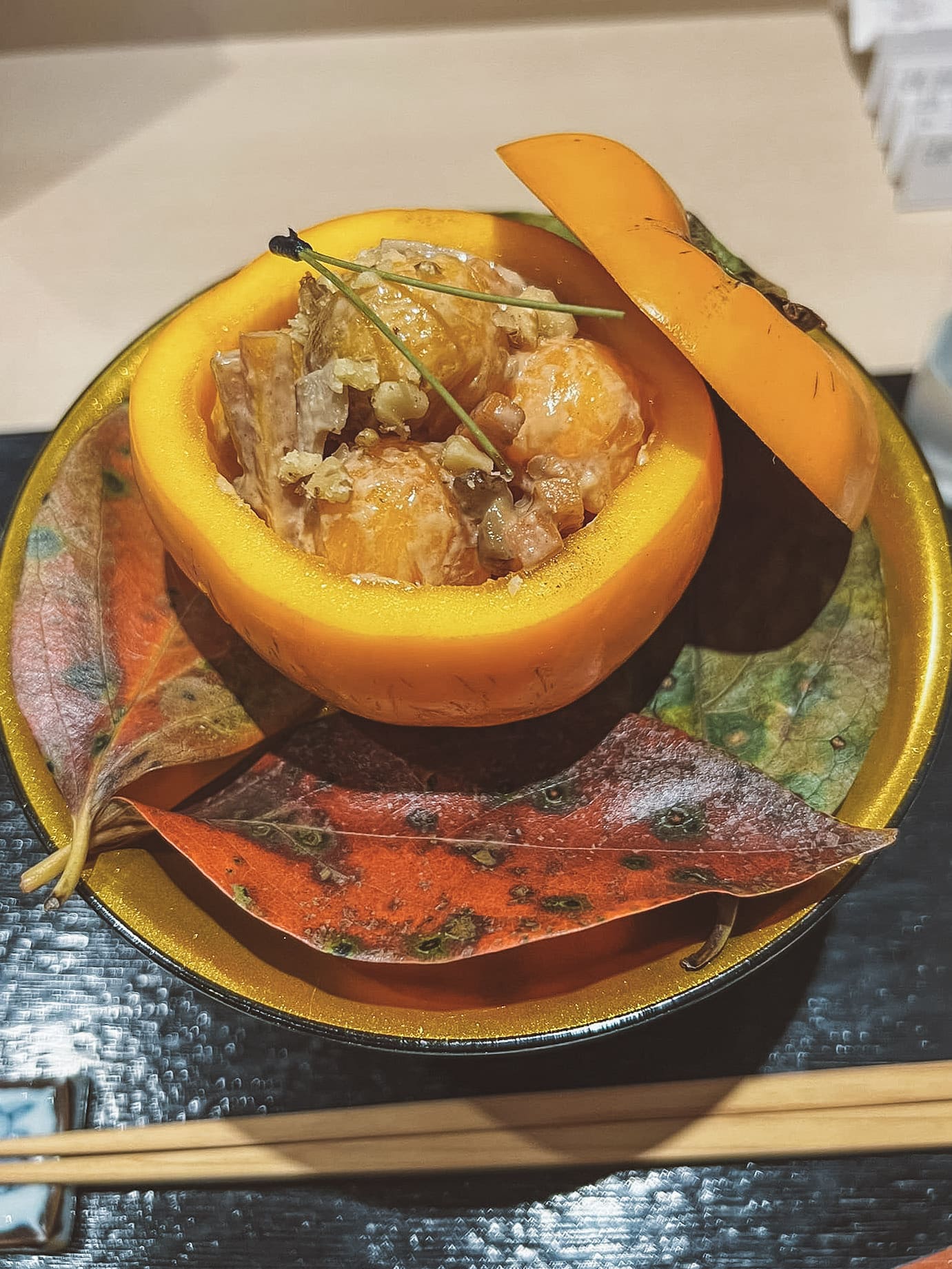
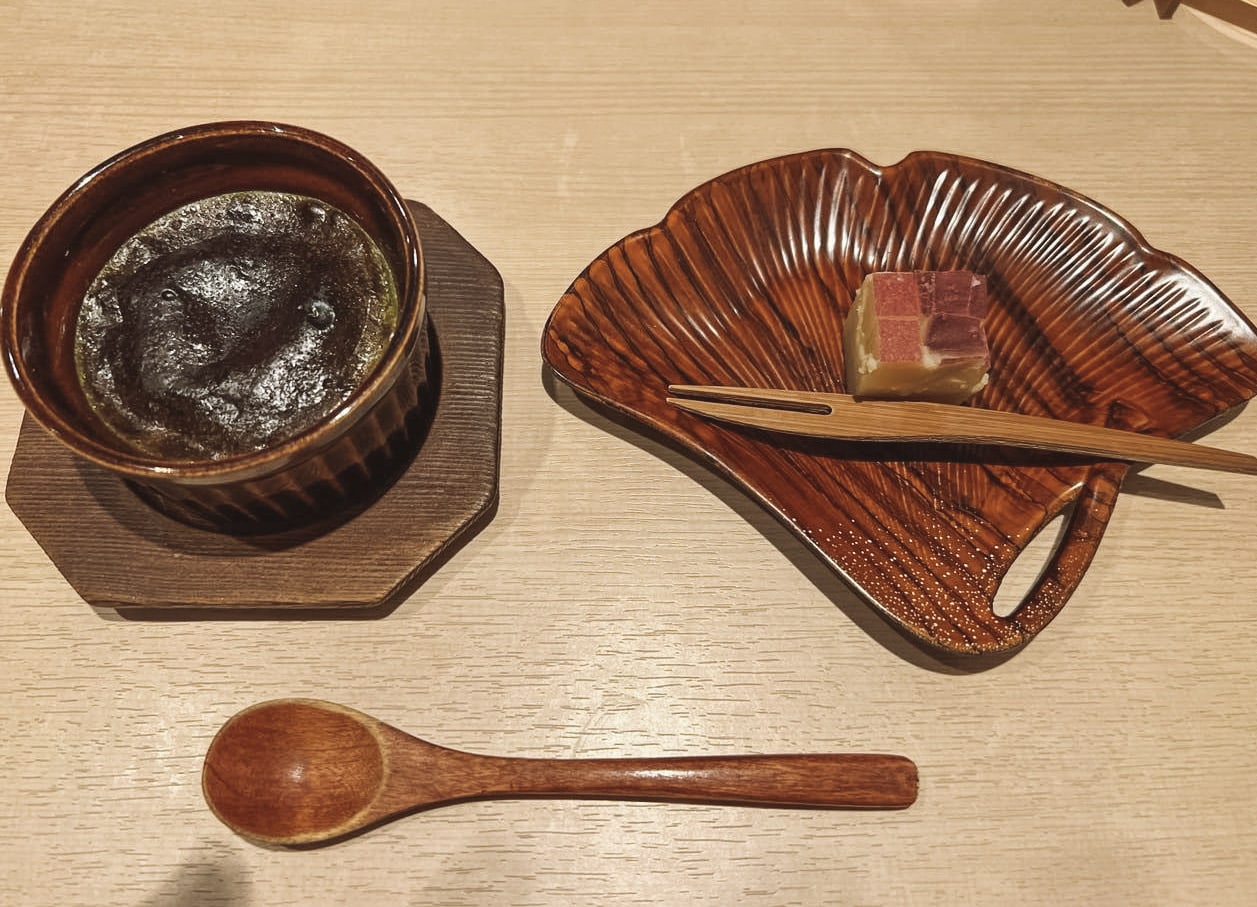
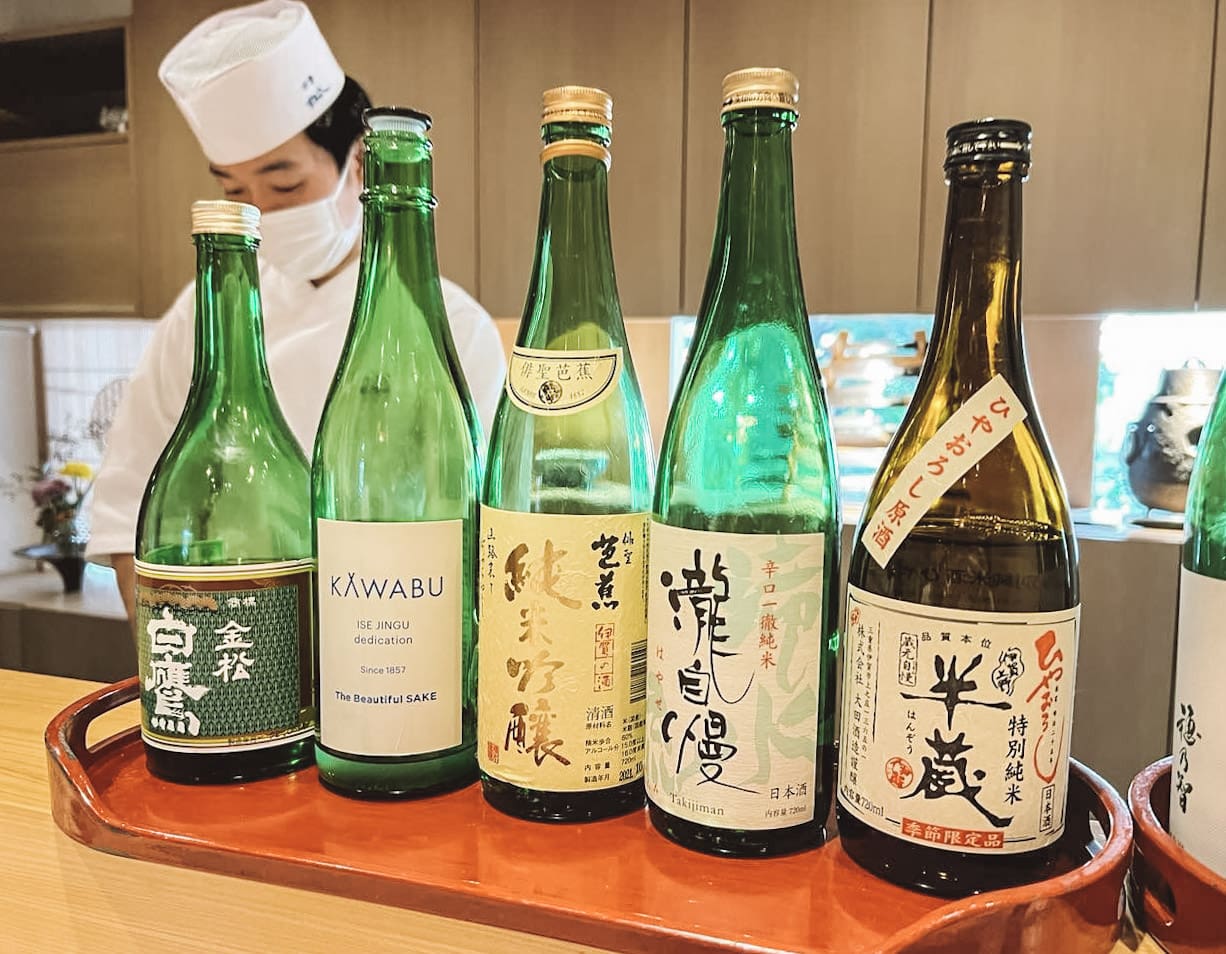
2) The Wonderful World of Japanese Convenience Stores
It may seem weird dedicating a whole section to this, but if you’ve been to a Japanese convenience store (konbini) you’ll understand – they’re next level.
With almost always one within eyeshot, konbini are your absolute one-stop shop for getting a cheap and cheerful ready-to-eat meal or snack, no matter the time of day – they’re a treasure trove of eats.
From onigiri (rice balls) to loaded bento boxes to an array of tasty sandwiches to instant ramen to grilled chicken skewers…you can guarantee you’ll be able to squash a craving.
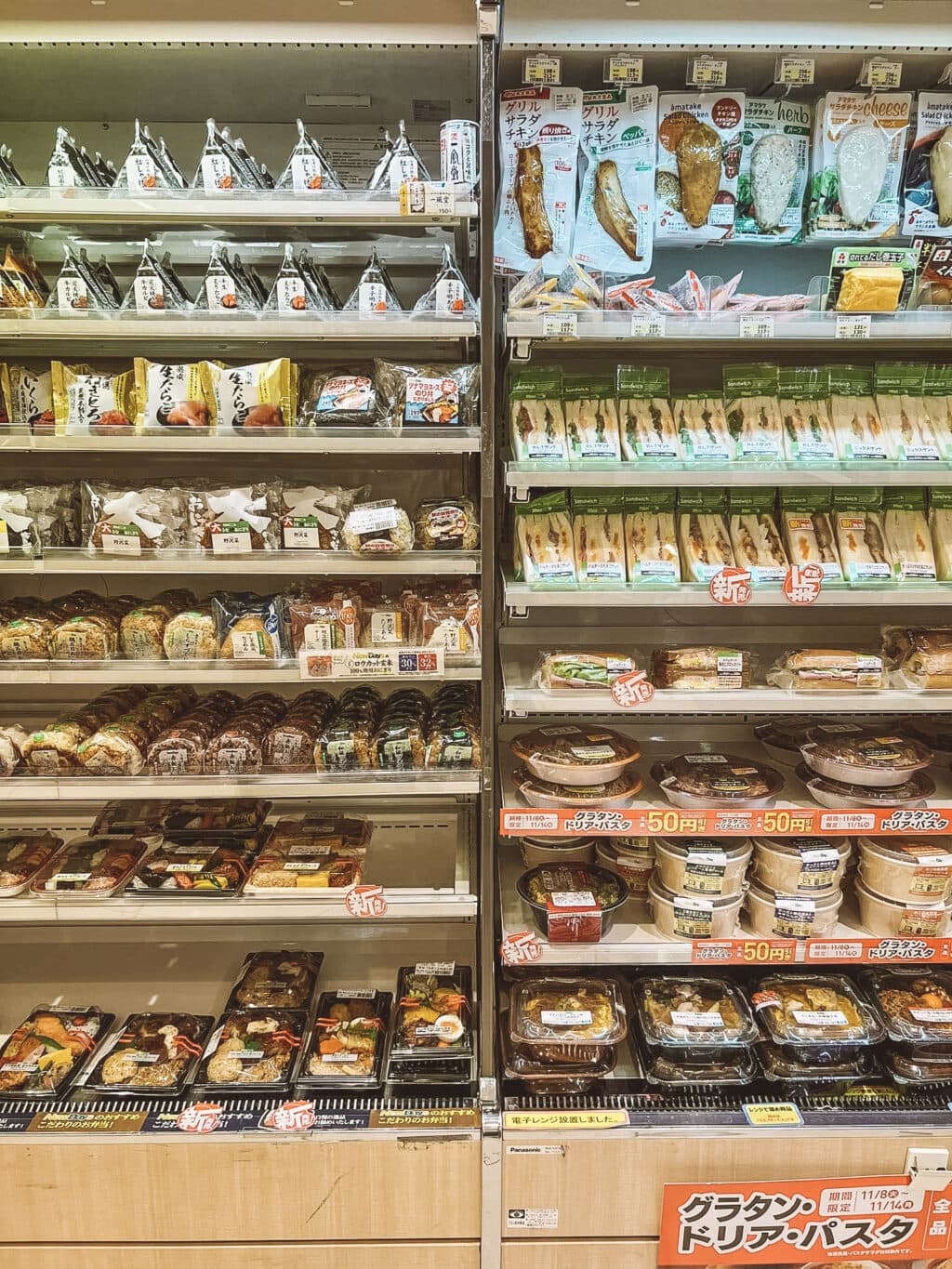
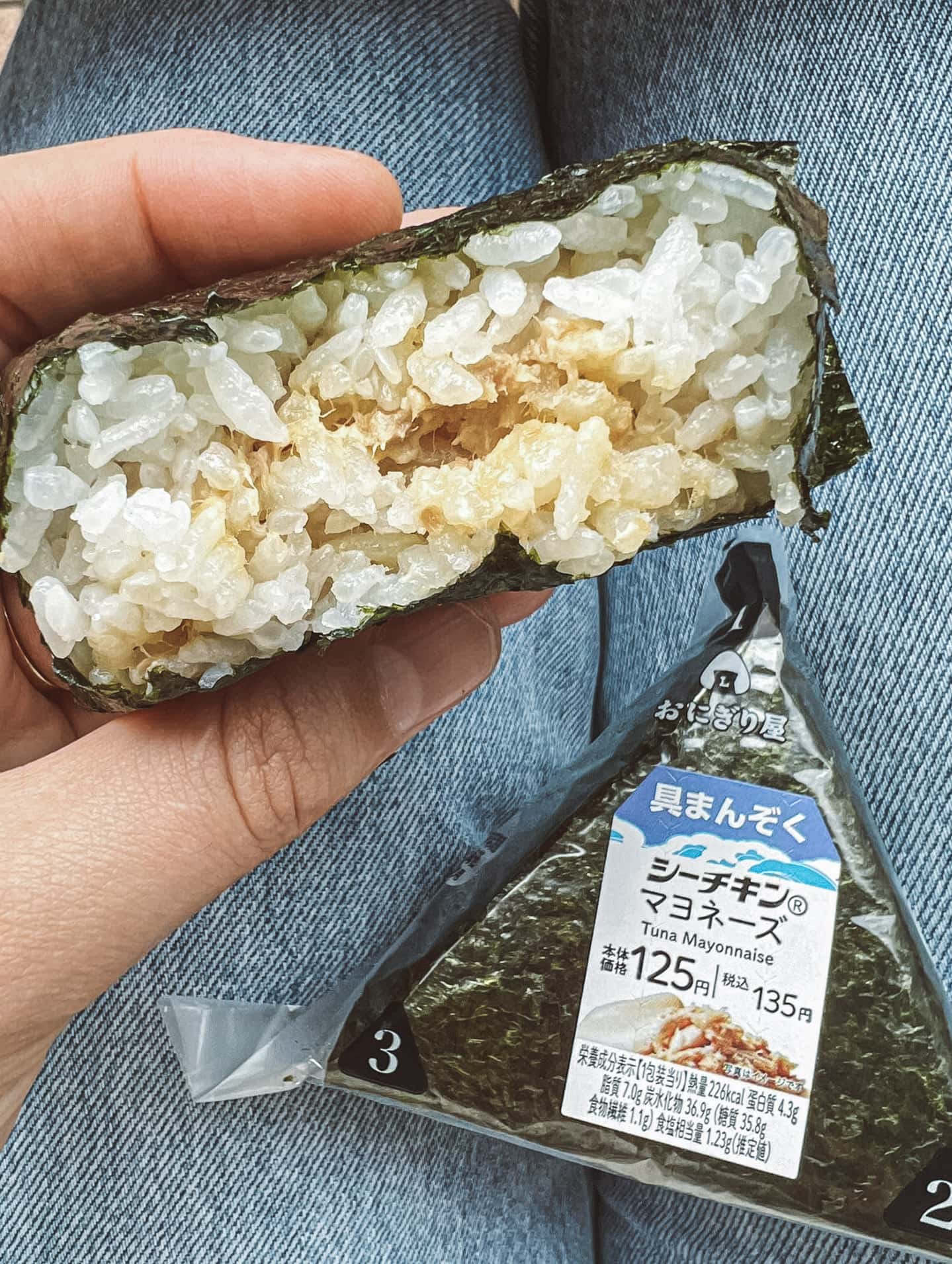
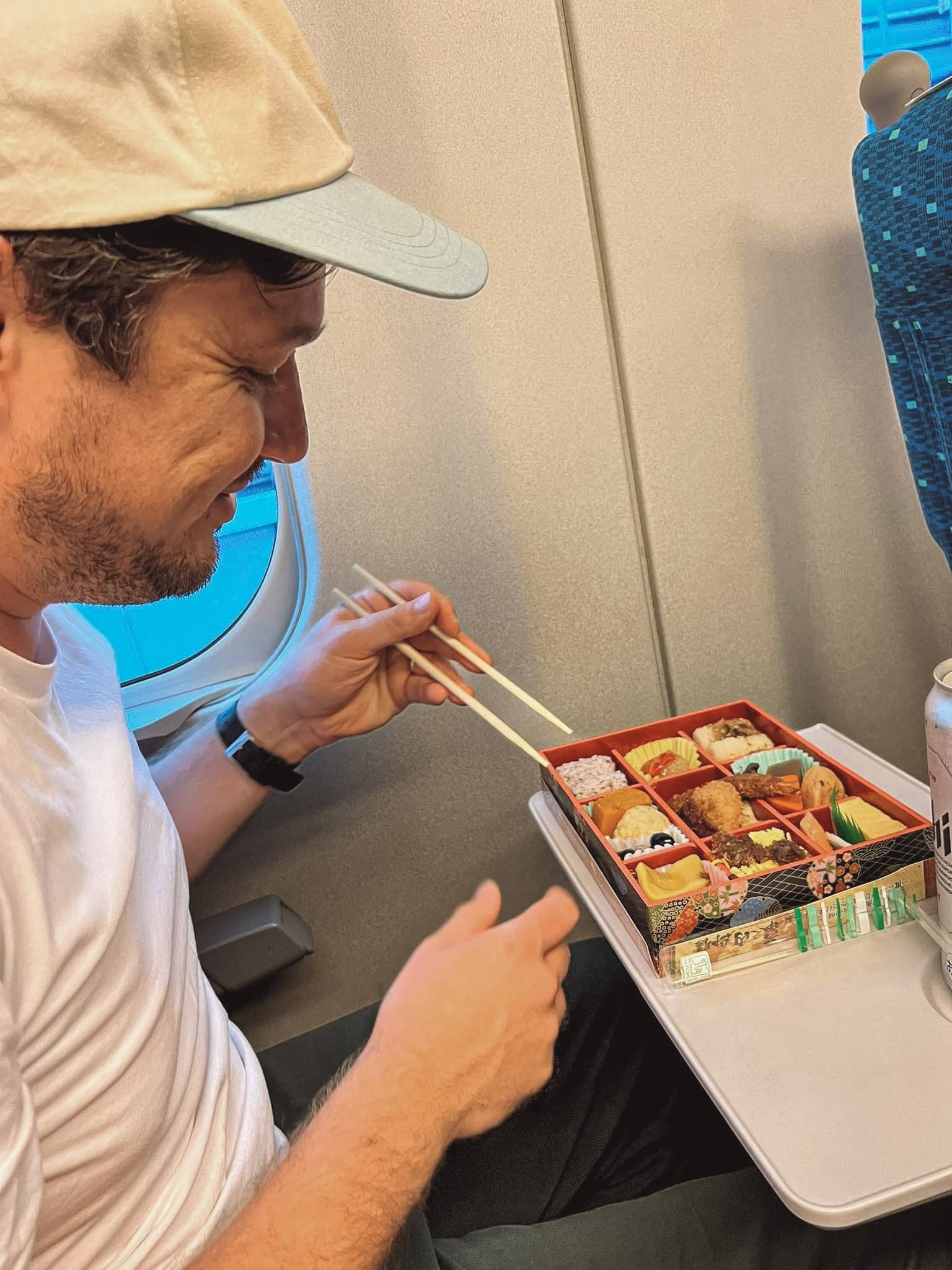
3) Feasting on Dōtonbori Street
If you only have time to visit one place in Osaka, let it be the iconic, crazy busy and neon-jungle that is Dōtonbori street. It’s jam-packed with restaurants, bars and street food vendors, encouraging you to eat, drink and be merry to your hearts content. Make sure to try two quintessential Osaka dishes – takoyaki and okonomiyaki!
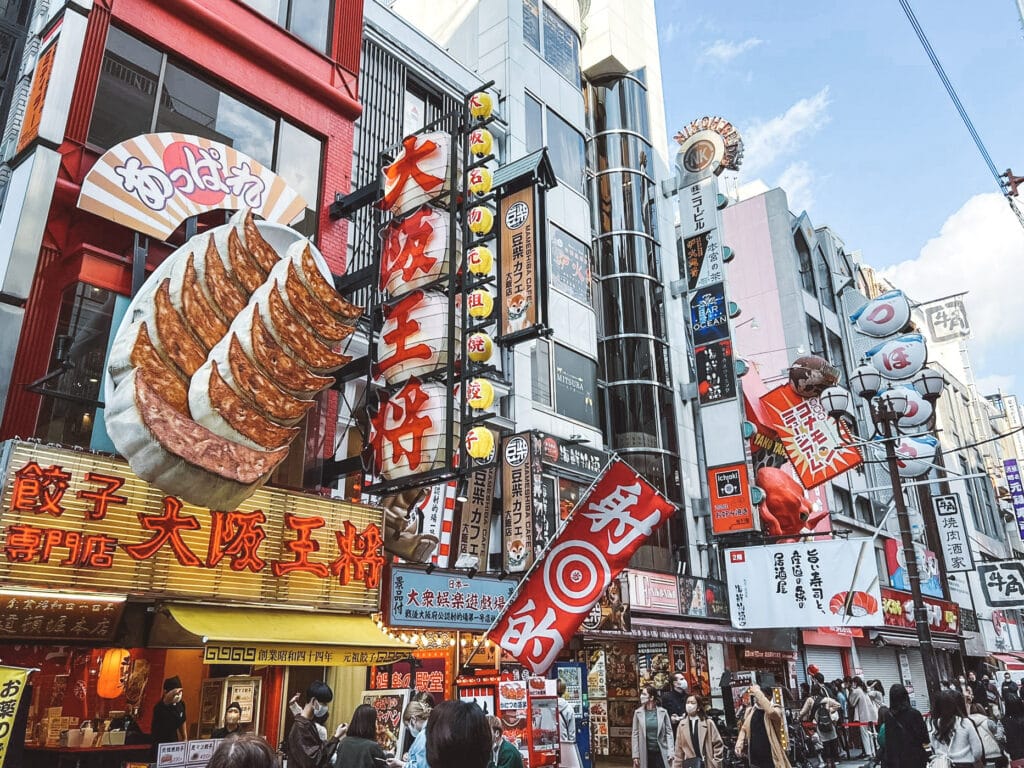
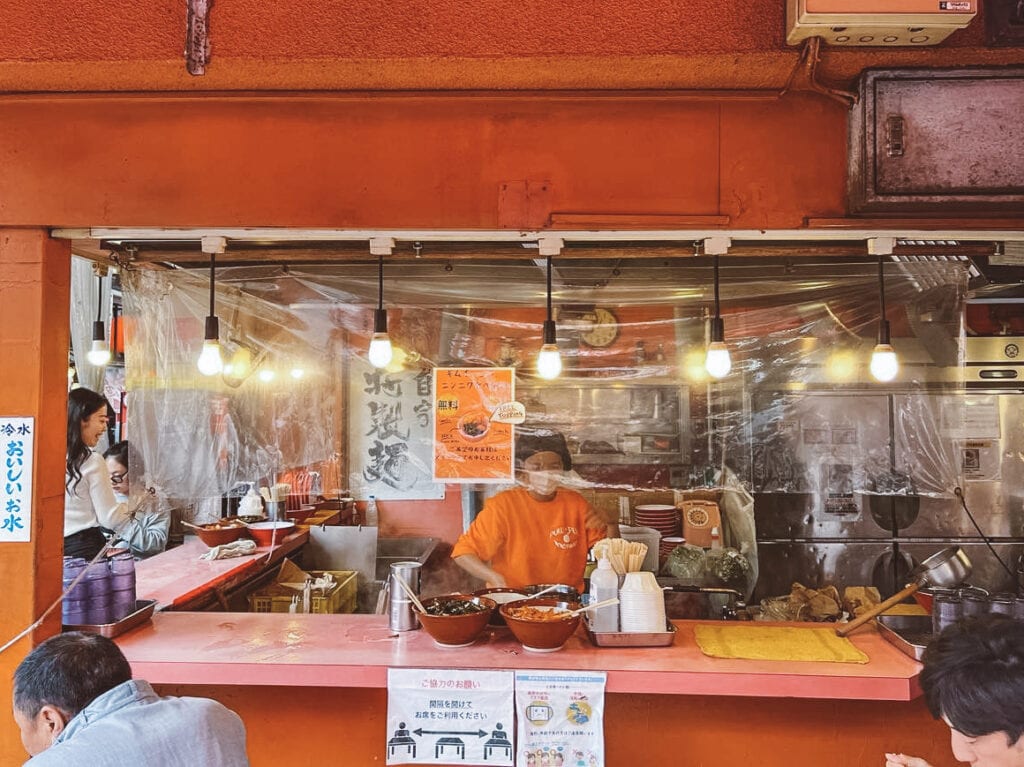
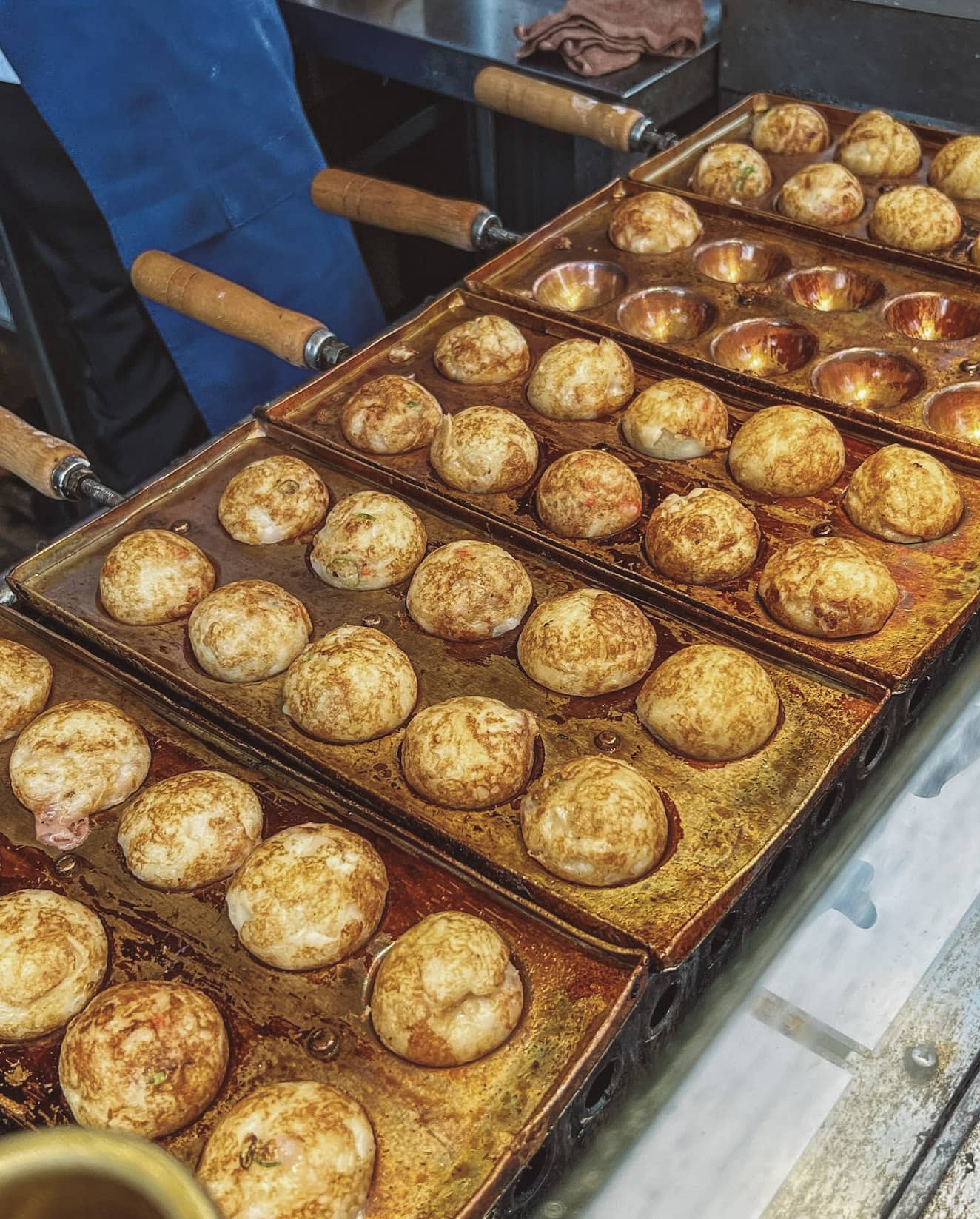
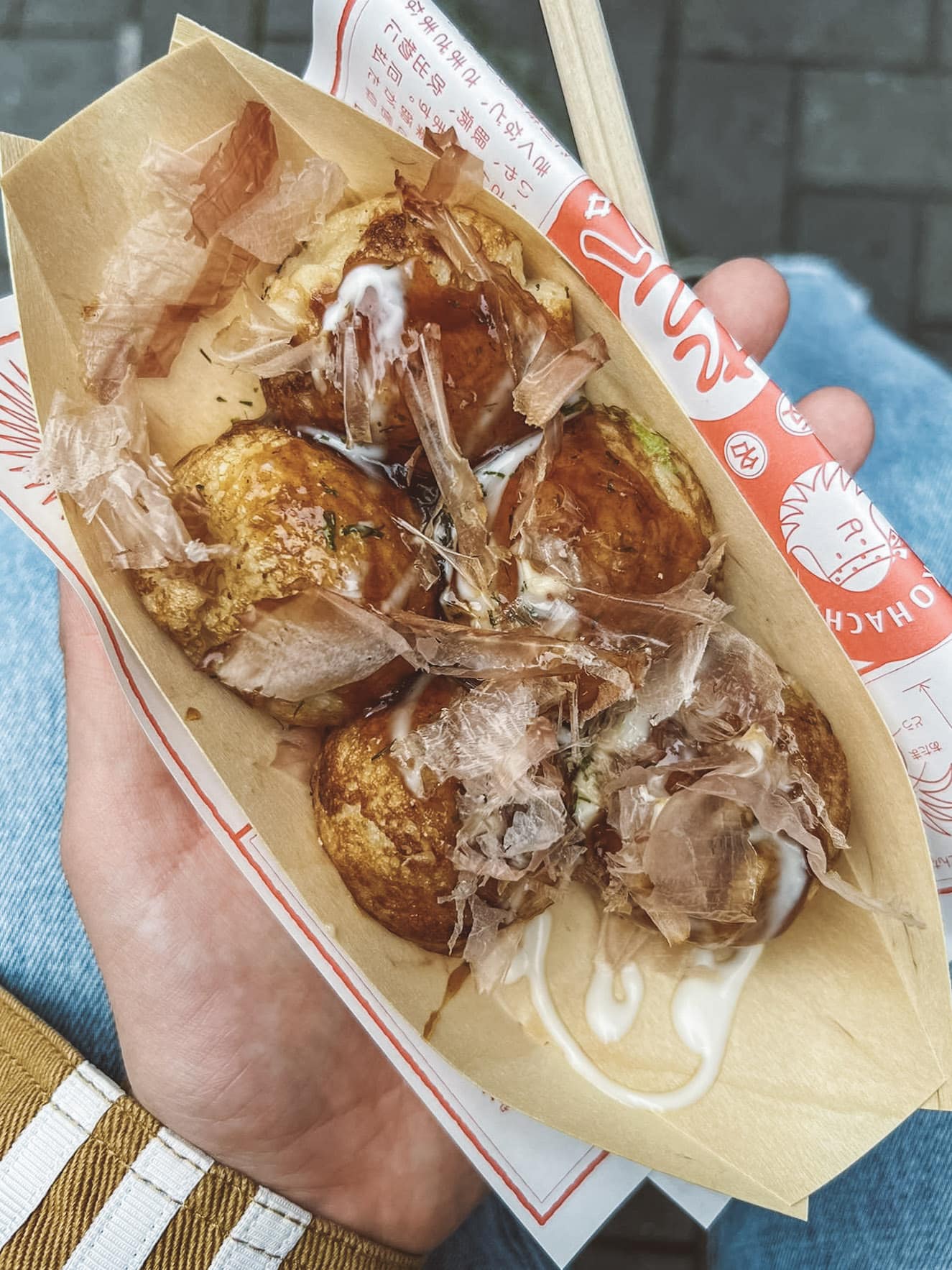
Epic Touristy Things to Do
We were only in Japan for two weeks, so we barely scratched the surface of what to see, do and visit. Beyond the food, we loved:
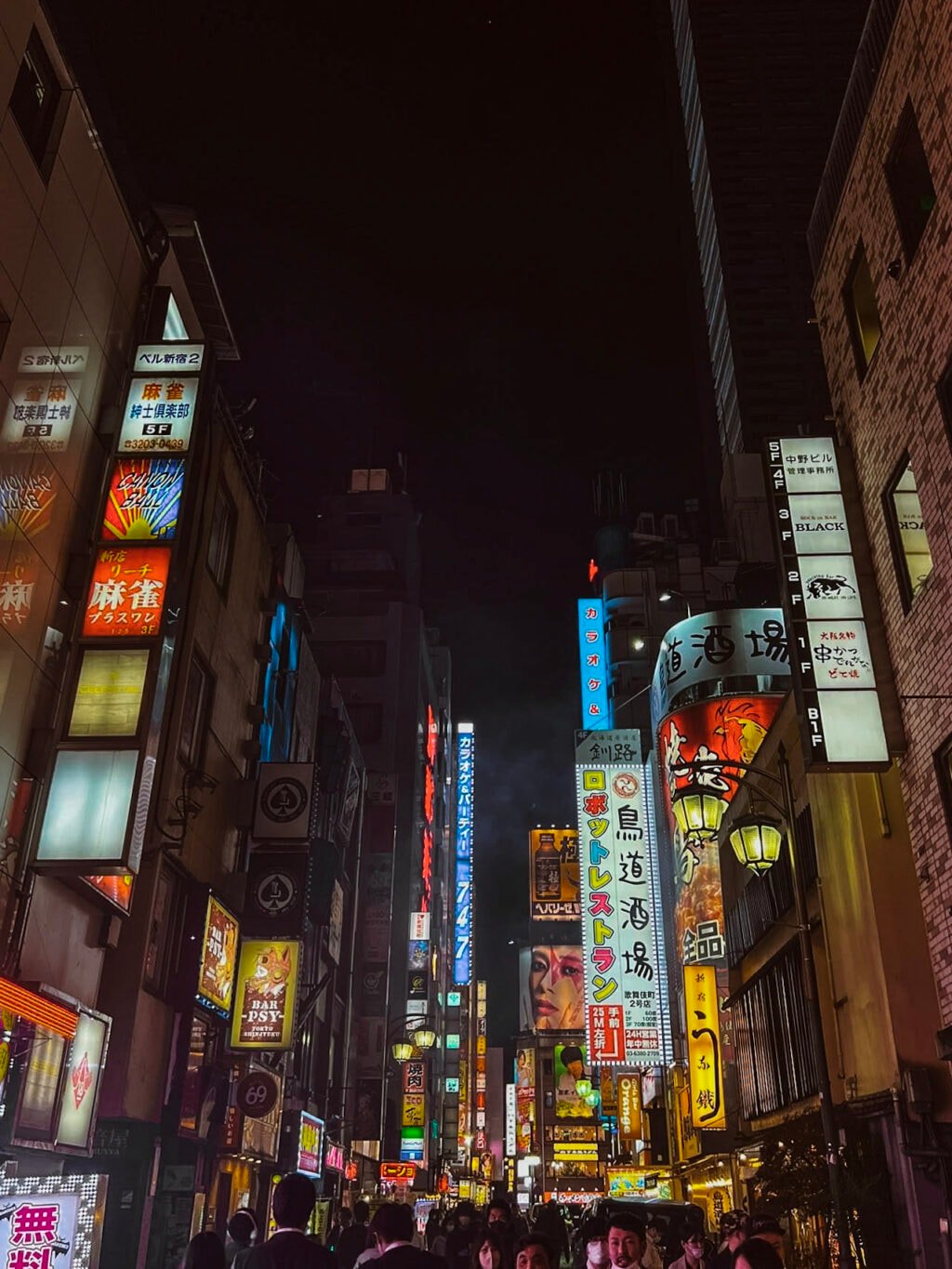
Exploring the Streets of Tokyo
Tokyo is the beating heart of modern Japan. It’s hard to capture in words how extraordinary it. Put on your comfiest shoes and walk, walk, walk – it’s the only way to take in the vibrancy, its magic, the highly ordered chaos! We enjoyed Harajuku (veer into the backstreets for amazing independent shops), Shinjuku (buzzing nightlife and restaurants) and Shibuya (shopping).
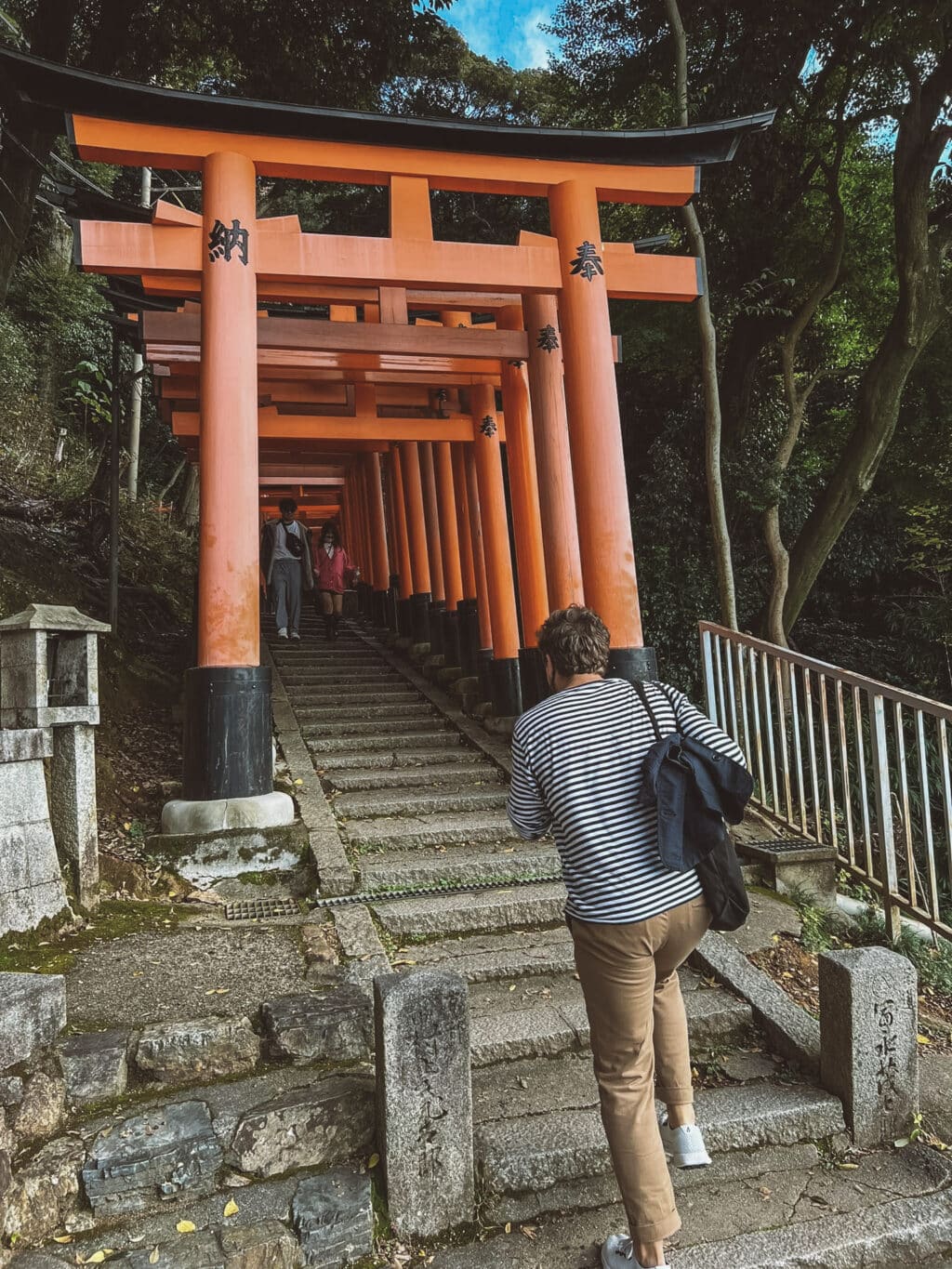
Fushimi Inari-taisha, Kyoto
A shrine dedicated to the Shinto god of rice, and iconic for its thousands of orange torii gates that snake up a wooded forest mountain. At ground level it is bustling with tourists – but the higher you get, the crowds disperse, and the trek through the seemingly endless gates becomes almost meditative.
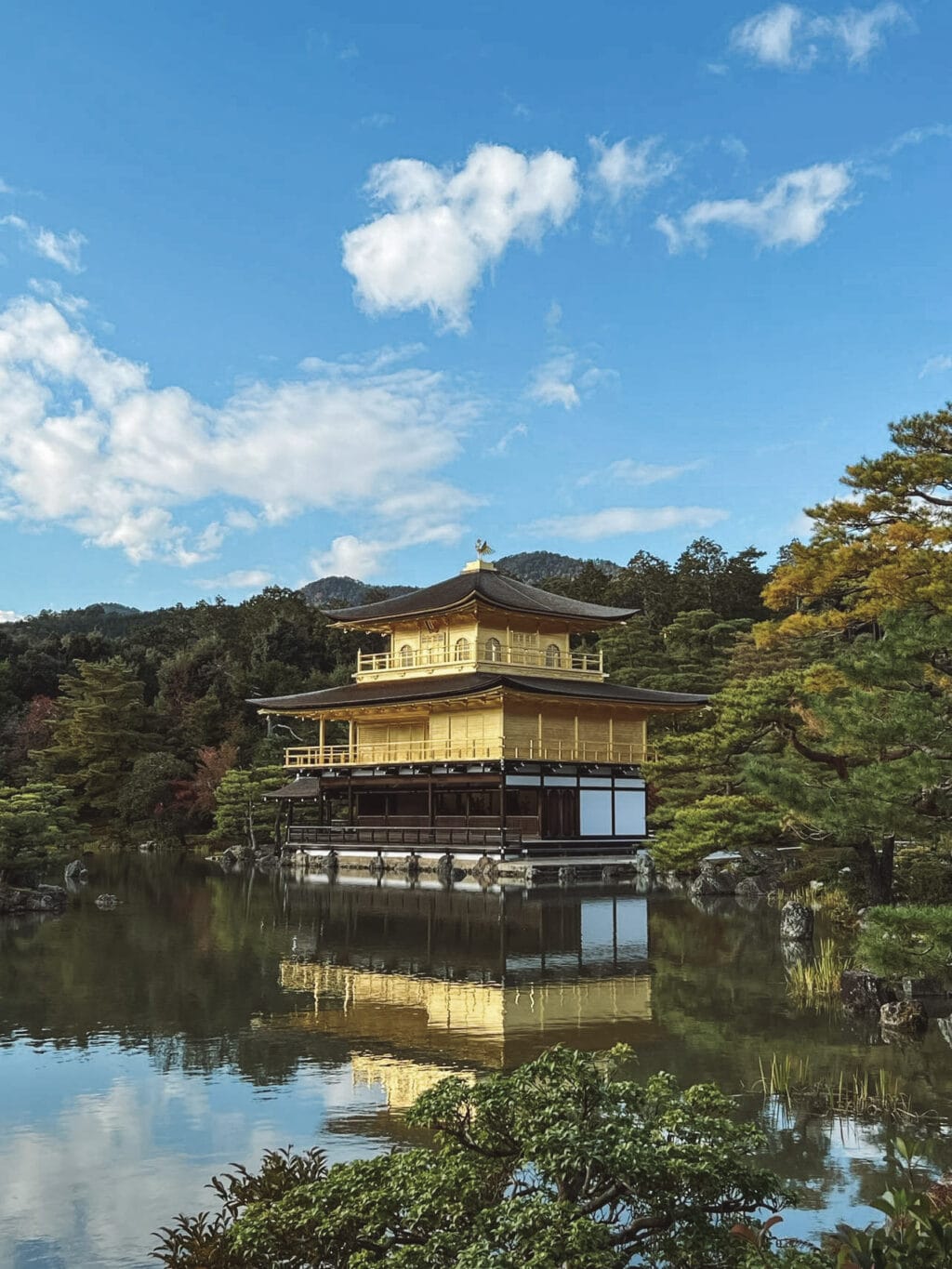
Kinkaku-ji: the Golden Pavilion, Kyoto
Pretty as a picture! Kyoto is a hub for important historical temples and shrines, and the zen temple Kinkaku-ji nabs the top spot as its most visited. It’s wildly photogenic, thanks to its gold leaf cladded exterior which reflects perfectly in the pond it overlooks.
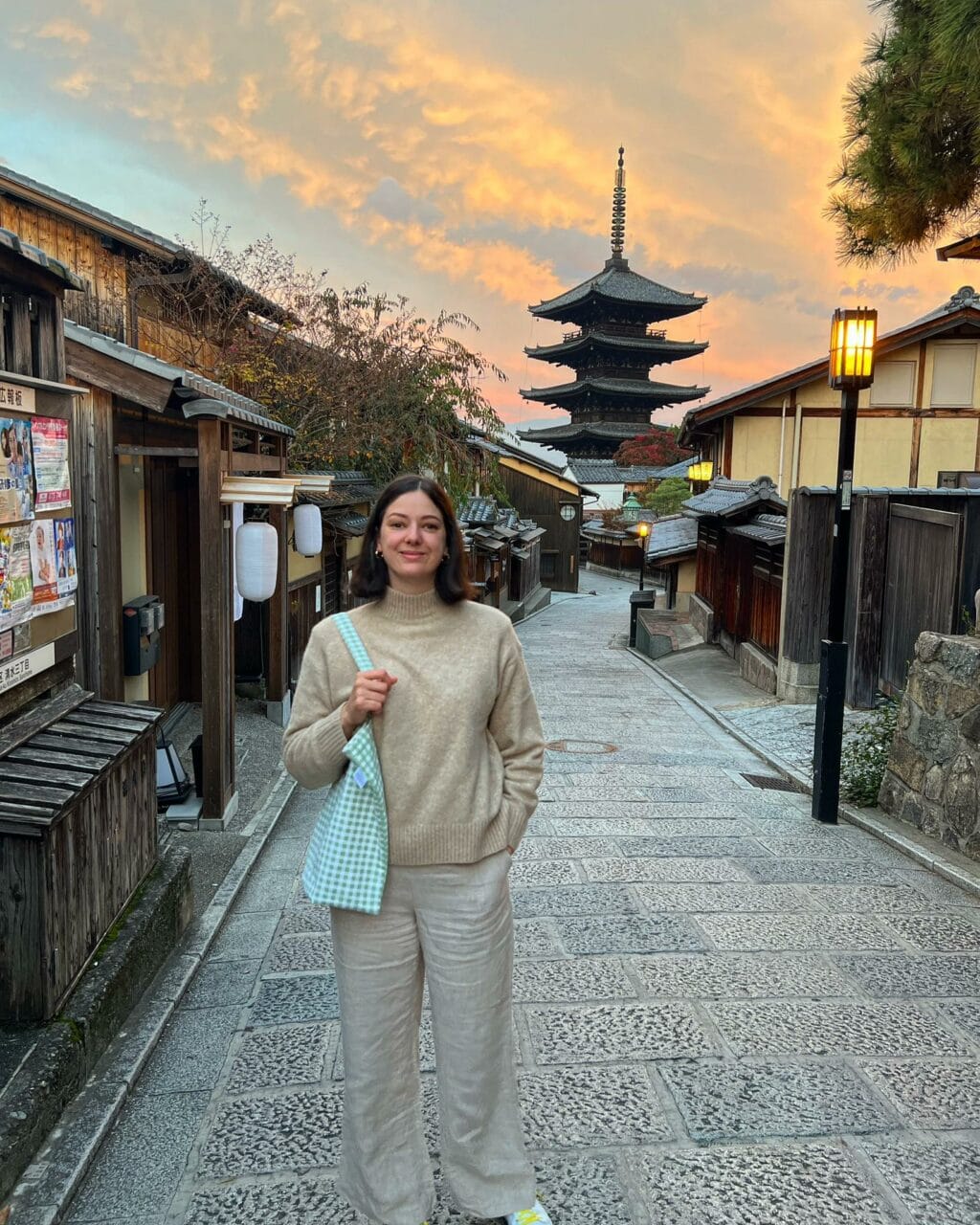
Gion District, Kyoto
Pure magic. You feel like you’ve been transported back in time wandering the stone-paved streets lined with adjoining wooden houses. If you’re lucky (like we were!), you might catch a glimpse of a Geisha as she makes her way to appointments come early evening.
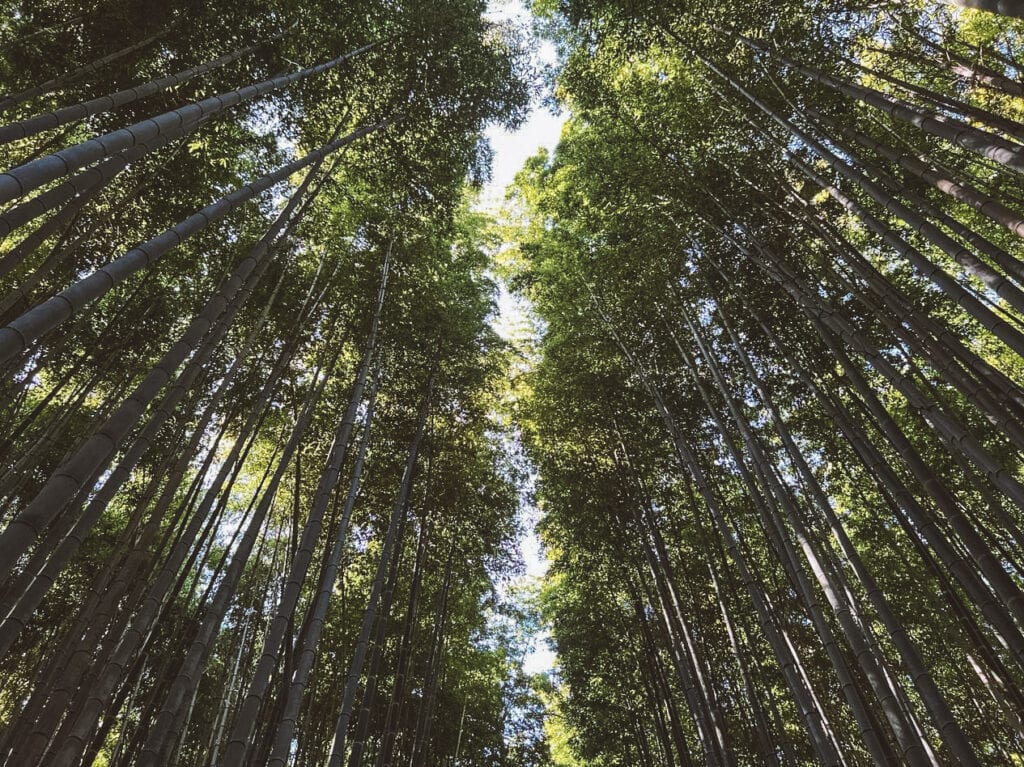
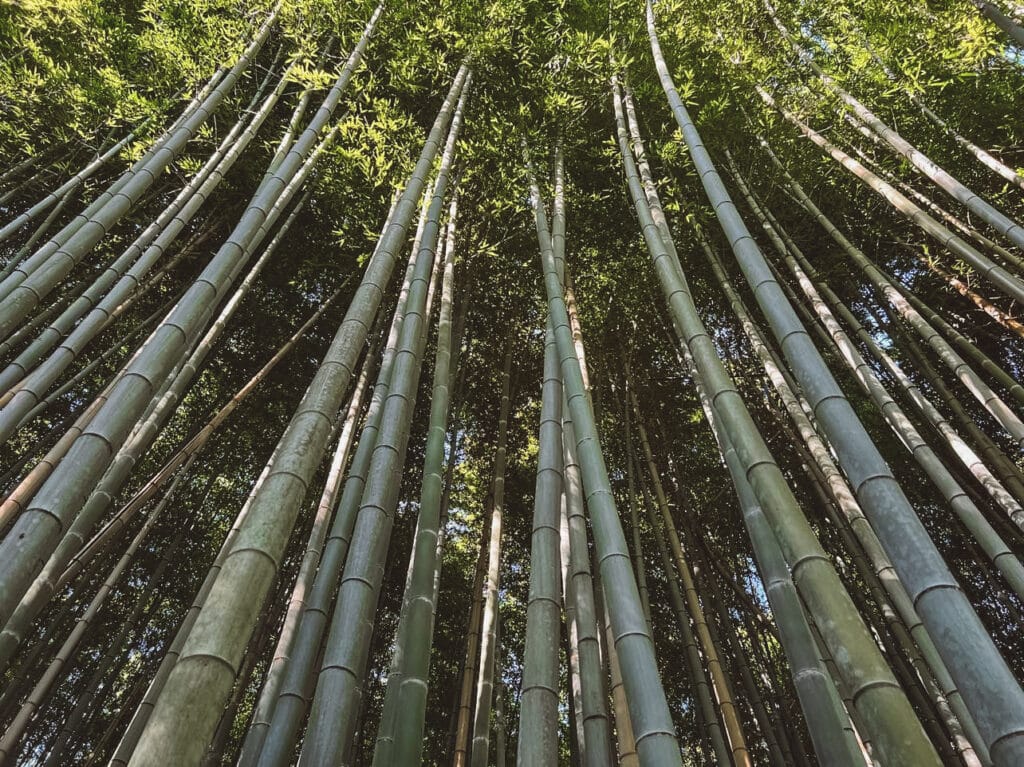
Arashiyama Bamboo Grove, Kyoto
A super popular spot with tourist and for good reason. Between the soaring bamboo stalks, and the light that takes on a mystical green hue, you feel like you’ve been transported to another world in this bamboo forest.
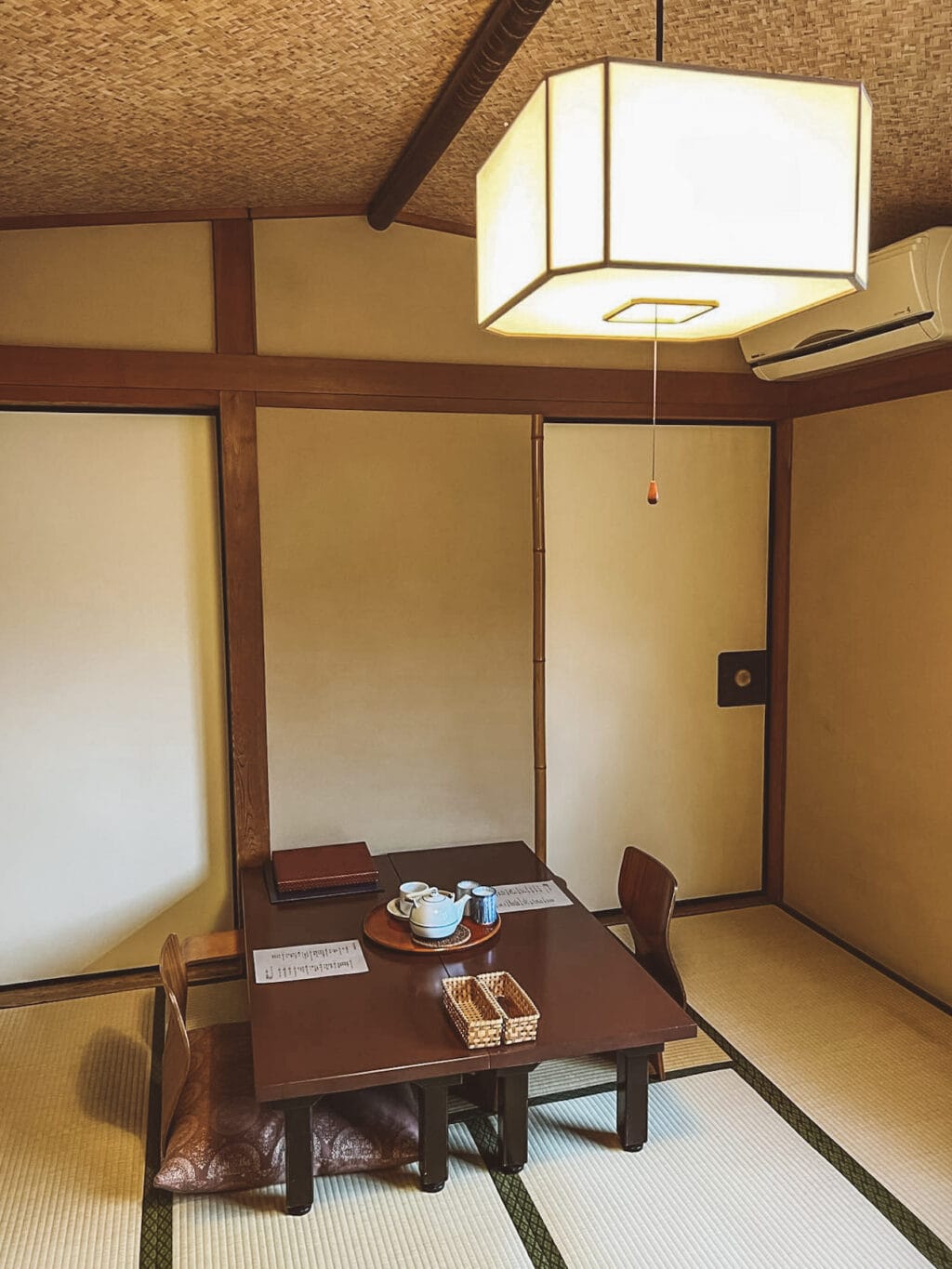
Stay at a Ryokan
For a truly authentic and charming cultural experience, book a night at a ryokan. These traditional Japanese inns feature woven tatami mats on floors, futons instead of beds, sublime cuisine, and attentive staff who display the upmost of hospitality. We stayed at Ryokan Motonago in Kyoto and it was wonderful.
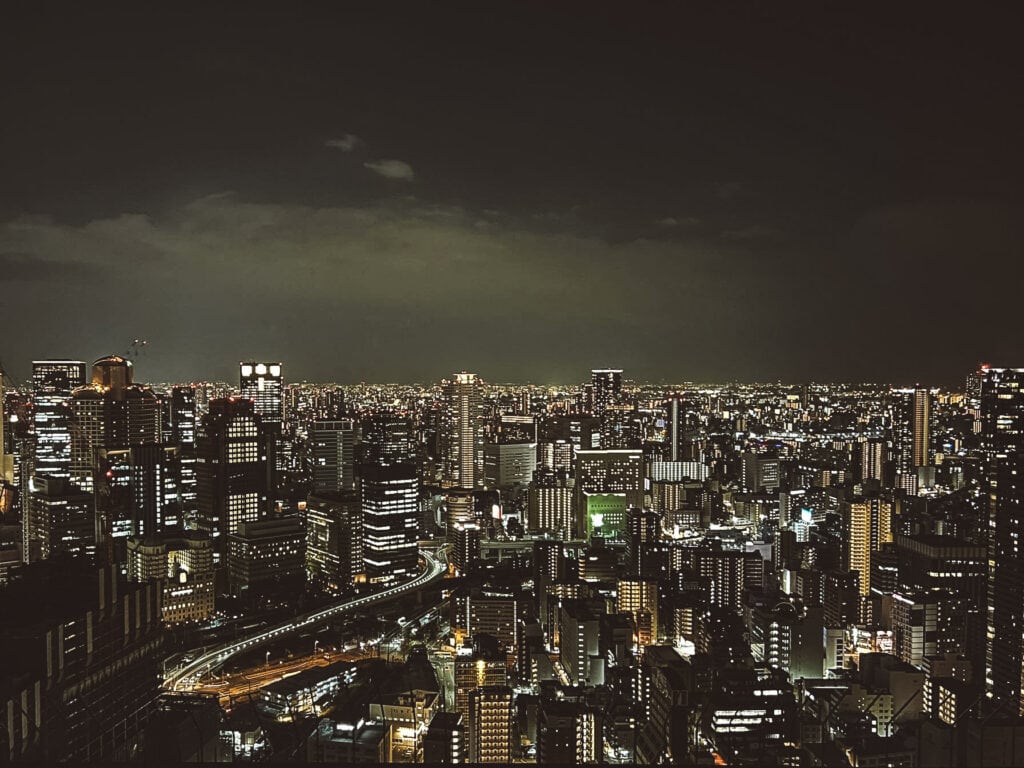
Shibuya Sky (Tokyo) & Umeda Sky Building (Osaka)
When you’re travelling somewhere afar it’s always worth climbing something high to get another perspective on the place. We loved these two spots for their stunning 360 degree city views.
Wrap Up
We absolutely loved Japan. As always, my one regret is not staying longer (darn you annual leave).
If you’re thinking of visiting, hopefully this blog provides inspiration. No matter your choice of adventure, it’s hard for The Land of the Rising Sun not to burn an imprint in your mind.



No Comments